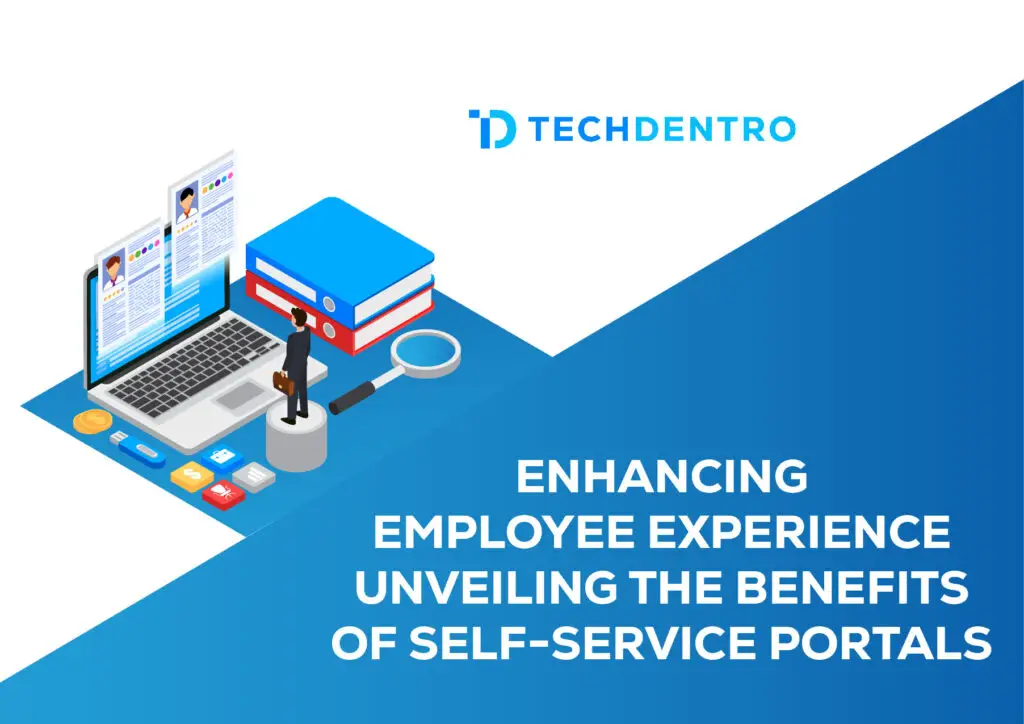Self-service portals allow clients to handle their questions and issues without contacting the business. These portals are interactive and help users resolve their problems quickly and effectively.
Managers play a critical role in employee experience. Empower your managers to build strong employee experiences with ongoing conversational microlearning.
Increased Efficiency
Create an employee self service portal with step-by-step processes, troubleshooting tips, and feature-specific instructions. You’ll save your employees valuable time by eliminating their need to help customers solve problems. This results in more streamlined work processes and less frustration for everyone involved.
Make sure the information in your self-service resources is regularly updated. This ensures that your answers and solutions are relevant, useful, and accurate. It also helps reduce ticket volume by allowing customers to find the answer they want without contacting your support team.
Another way to increase efficiency is to enable internal communications that encourage collaboration and teamwork. This could include setting up Slack donut meetings, coffee chats, and other group activities, allowing employees to connect outside their day-to-day responsibilities.
Increased Satisfaction
Employees who are happy and well-informed work better as a team and are more aligned with your company’s mission. They will also be more likely to share their positive experiences at work with friends and family.
If employees are contacting support frequently, it may be due to a never-ending stream of tickets or a need for more resources. Implementing an employee self-service portal can alleviate these issues and provide your employees with a positive experience.
The key to creating a successful employee self-service portal is to start with your employees’ wants and needs. Many companies build their employee portals on best-practice frameworks rather than understanding how their employees want to work.
For example, providing a search bar or links to other relevant articles makes it easier for employees to find the necessary answers. This improves their satisfaction and helps them get back to work sooner. You can also gauge your employees’ satisfaction level via hard data by tracking the responses to your internal communications. You can easily track these metrics through ContactMonkey, a tool that helps you optimize your internal email communications.
Reduced Ticket Volume
A comprehensive self-service portal helps customers with routine issues, such as resetting passwords and reviewing order status. By allowing customers to solve these issues independently, a company can reduce customer service agent workloads and improve performance.
However, a portal is only as good as the content it contains. To ensure a quality experience, companies need to collaborate with different departments to create relevant articles. Input from support and marketing teams can be invaluable in crafting a knowledge base that hits the mark.
A well-built self-service portal should also include feedback forms to help track article performance. For example, an article that fails to resolve a customer’s issue could be updated and improved based on customer input. This type of collaboration between departments helps to improve employee experience and, ultimately, company revenue. By reducing ticket volume, a self-service portal helps free up agents’ time to handle more personalized or complex issues. This can lead to significant cost savings. This is especially true when compared to the costs of staffing a 24/7 call center.
Personalized Experience
Personalized experiences are essential for employee satisfaction and loyalty. Employees know their work needs and aspirations better than anyone and want to see those personal factors reflected in their workplace experience.
A self-service portal can help. For instance, companies prioritizing omnichannel best practices can provide employees access to a self-service portal across all devices. They can also use portals to build communities in their organizations through forums and knowledge sharing. They can also incorporate task automation tools to reduce incoming support volume and improve agent efficiencies.
But before determining the features of your employee self-service portal, it’s important to understand how and why employees will use it. Employees expect their business to be as responsive and relevant as the consumer-world brands they buy from and interact with. That’s why the most successful portals are built on something other than a best-practice framework or replicating the look and feel of consumer-world self-service capabilities but rather on what employees need to be able to accomplish with your service.
Increased Employee Engagement
A strong employee experience, or EX, impacts everything from company culture to productivity and profitability. That’s why many business leaders consider it one of their top priorities and even create chief employee experience officer roles to manage employee experiences for their teams.
Employee engagement relates to employee satisfaction with their job and employer. A positive employee experience can lead to greater happiness, loyalty, and engagement — all important drivers of organizational success.
Employees’ experience is shaped by their organizational interactions, from hiring and onboarding to performance review processes. Employees often vet companies even before being hired, using anonymous workplace discussion apps and social media to gauge company culture and benefits and learn about diversity, equity, and inclusion policies.
Incorporating 2-way communication throughout the employee journey — from employees asking questions of their bosses during a town hall meeting to corporate communicators opening up a post for comments — is a great way to foster engagement. It’s also essential that organizations keep their employee self-service portals up-to-date and easy to find, especially on mobile devices.
